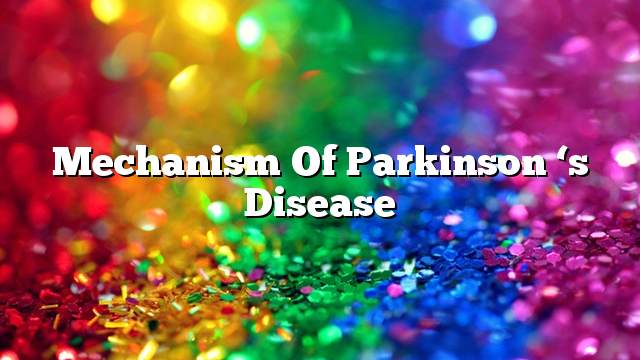Parkinson’s affects the nerves that secrete the dopamine. It destroys the nerve transferred from the trapped substance in the middle brain to the basal ganglia. In post-mortem anatomy, the trapped material is affected by the disappearance of melanin in it
Under the microscope, there is a loss of a lot of nerves in the area of the substance, and when the microscopic examination of the remaining nerves, there are distinct objects within these neurons called Lewy bodies. Symptoms of Parkinson’s disease usually occur after 60-80% When the dopamine is lost, the other neurotransmitters increase especially the cholinergic carrier, as dopamine deficiency and increased cholinergic transport lead to Parkinson’s disease.
